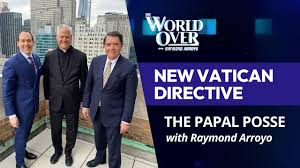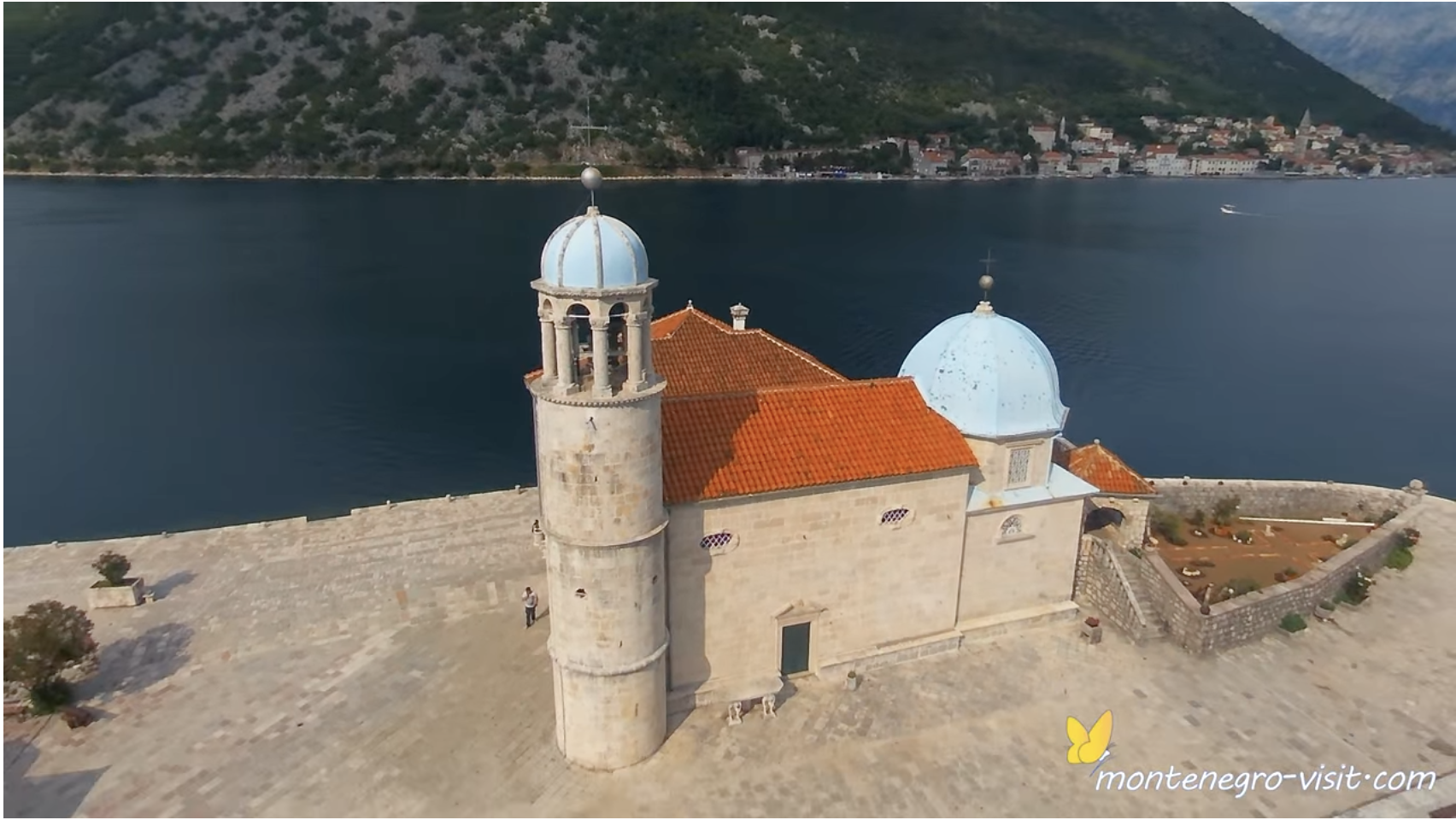Certainly, the Second Vatican Council wished to promote greater active participation by the people of God and to bring about progress day by day in the Christian life of the faithful (see Sacrosanctum Concilium, n. 1). Certainly, some fine initiatives were taken along these lines. However we cannot close our eyes to the disaster, the devastation and the schism that the modern promoters of a living liturgy caused by remodeling the Church’s liturgy according to their ideas. They forgot that the liturgical act is not just a PRAYER, but also and above all a MYSTERY in which something is accomplished for us that we cannot fully understand but that we must accept and receive in faith, love, obedience and adoring silence. And this is the real meaning of active participation of the faithful. It is not about exclusively external activity, the distribution of roles or of functions in the liturgy, but rather about an intensely active receptivity: this reception is, in Christ and with Christ, the humble offering of oneself in silent prayer and a thoroughly contemplative attitude. The serious crisis of faith, not only at the level of the Christian faithful but also and especially among many priests and bishops, has made us incapable of understanding the Eucharistic liturgy as a sacrifice, as identical to the act performed once and for all by Jesus Christ, making present the Sacrifice of the Cross in a non-bloody manner, throughout the Church, through different ages, places, peoples and nations. There is often a sacrilegious tendency to reduce the Holy Mass to a simple convivial meal, the celebration of a profane feast, the community’s celebration of itself, or even worse, a terrible diversion from the anguish of a life that no longer has meaning or from the fear of meeting God face to face, because His glance unveils and obliges us to look truly and unflinchingly at the ugliness of our interior life. But the Holy Mass is not a diversion. It is the living sacrifice of Christ who died on the cross to free us from sin and death, for the purpose of revealing the love and the glory of God the Father. Many Catholics do not know that the final purpose of every liturgical celebration is the glory and adoration of God, the salvation and sanctification of human beings, since in the liturgy “God is perfectly glorified and men are sanctified” (Sacrosanctum Concilium, n. 7). Most of the faithful—including priests and bishops—do not know this teaching of the Council. Just as they do not know that the true worshippers of God are not those who reform the liturgy according to their own ideas and creativity, to make it something pleasing to the world, but rather those who reform the world in depth with the Gospel so as to allow it access to a liturgy that is the reflection of the liturgy that is celebrated from all eternity in the heavenly Jerusalem. As Benedict XVI often emphasized, at the root of the liturgy is adoration, and therefore God. Hence it is necessary to recognize that the serious, profound crisis that has affected the liturgy and the Church itself since the Council is due to the fact that its CENTER is no longer God and the adoration of Him, but rather men and their alleged ability to “do” something to keep themselves busy during the Eucharistic celebrations. Even today, a significant number of Church leaders underestimate the serious crisis that the Church is going through: relativism in doctrinal, moral and disciplinary teaching, grave abuses, the desacralization and trivialization of the Sacred Liturgy, a merely social and horizontal view of the Church’s mission. Many believe and declare loud and long that Vatican Council II brought about a true springtime in the Church. Nevertheless, a growing number of Church leaders see this “springtime” as a rejection, a renunciation of her centuries-old heritage, or even as a radical questioning of her past and Tradition. Political Europe is rebuked for abandoning or denying its Christian roots. But the first to have abandoned her Christian roots and past is indisputably the post-conciliar Catholic Church.

Adapting the liturgy to our decadence
© 2024 The Catholic Thing. All rights reserved. For reprint rights, write to: [email protected]
The Catholic Thing is a forum for intelligent Catholic commentary. Opinions expressed by writers are solely their own.













